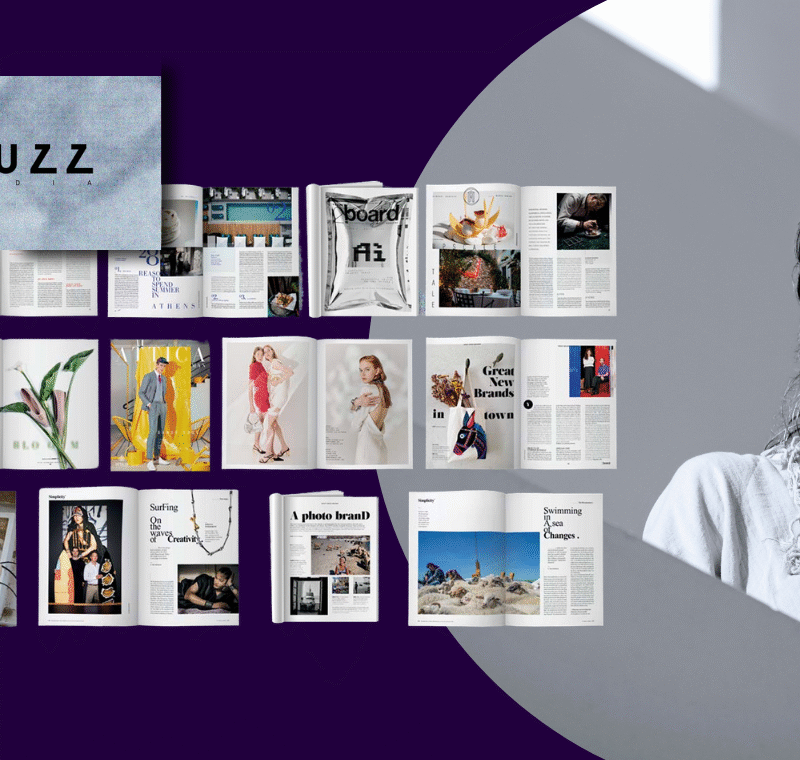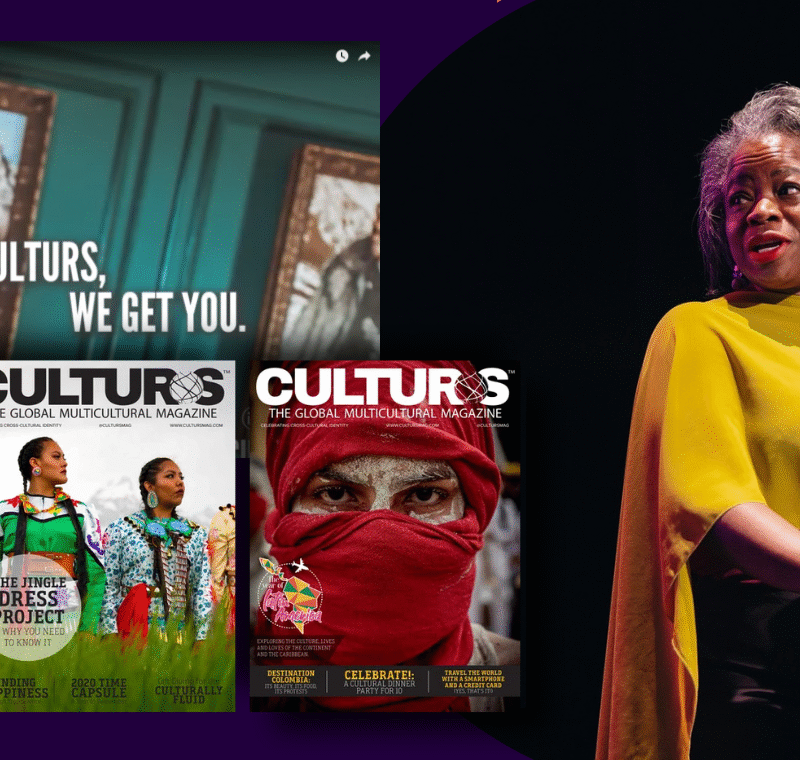How to serve a YouTube audience – lessons from the Jamie Oliver brand
Speaking at PPA’s Festival this morning in London, Zoe Collins, the brand’s creative director said that video has been game changing. “Our mission is to get people into food, whatever level they’re at,” she said. “We need to be wherever our audience wants to have a conversation about food, and this has changed in recent times.”
Starting the video journey
The brand’s foray into video has not all been plain sailing, and there’s been lot of learnings en route. With its roots entrenched in TV, you’d expect the move to online video to have been an easy one, but Collins explained that this is a very different environment, serving a completely different audience.
Knowing your audience
“YouTube is a very playful environment compared to TV. There’s a different culture, and expectations on how you engage with the audience are different,” said Collins. However, because TV was where the brand’s knowledge originally was, they started out with these principles and began to innovate from there.
“The YouTube audience is impatient,” said Collins. “There are lots of other things your audience can go to at any moment, so you need to make sure every second is serving them.”
One huge difference is the quality of production needed for TV versus online. “We started with intros and lovely location shots, but nobody cared. They just want to be served the thing they look for when they click on it. Just give them a chicken pie recipe if that’s what they want,” said Collins.
Taking risks
Once the brand discovered that the production values of online video could be much lower than that of TV, they started experimenting. “The turnaround time is much faster, meaning you can try new things and new formats and it helps to be in a constant dialogue with your audience. Our audience feeds back to us constantly, and we know pretty quickly what’s worked and where we can start to adapt immediately.”
Data helps
Collins said data has presented an interesting challenge for the brand and has made them learn a lot about their audience. “In TV, it’s all about reach and scale,” she said. “Now, engagement in where the real opportunity lies. If you can get 100 viewers to engage with your content, you have some real power to do something with, as opposed to 500 who drop off your video half way through.”
And all engagement is so far organic, according to Collins. “We’ve done virtually no paid-for marketing at all,” she said.
Monetisation
On the subject of whether online video is making money for the brand, Collins said it’s all about the long game. “We’re learning a business model beyond what we’re doing,” she said. “We’ve hit all of our targets so far, but for us, it’s about becoming the largest and most trusted digital food brand in the world.”
Collins did touch upon the fact that branded video content is proving to be fruitful: “It’s the most solid and satisfying way that we can commercialise the content. We have fantastic collaborations with brands, which are the power behind allowing our ideas to find new audiences. We pioneered product placement on factual TV and we’ve never feared idea of bringing editorial and commercial together, because it allows us to achieve our ultimate mission.”
The future
So what’s next for Jamie Oliver? Collins said vlogging is high on the list, with the company checking out platforms such as Periscope to assist their journey. “We’ll also be revisiting our mobile app strategy, and asking ourselves what we should be doing going forward. We need to regenerate app experience for our audience.”
Story by Amy Duffin.
Jamie Oliver is a FIPP member company.
More like this
The three tiers of online video
Condé Nast’s head of digital talks video, social media, and more
Burda exec talks video strategy and what it takes to make good video









